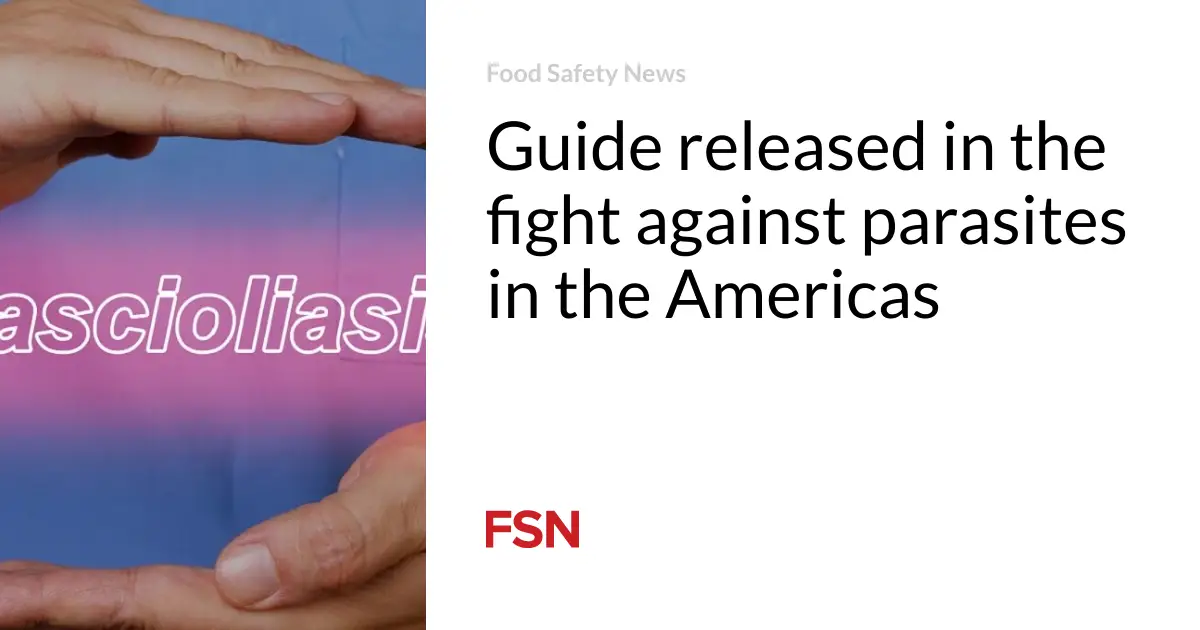
A regional office of the World Health Organization (WHO) has produced guidance to help drive the elimination of the health burden associated with a parasite.
Fascioliasis is a parasitic disease that affects people and various animals. It is caused by the trematode Fasciola hepatica in Latin America and the Caribbean. The World Health Organization classifies it as a neglected tropical disease. In 2012, experts estimated there were 2.6 million infected people.
The Pan American Health Organization (PAHO) is trying to eliminate fascioliasis as a public health problem in the Americas by 2030.
As part of this work, guidelines have been developed to provide information and guidance to support countries in advancing towards and achieving that goal.
About fascioliasis
Human fascioliasis is limited to environments where certain characteristics and socio-economic determinants necessary for infection are present. Such areas are typically associated with small-scale farmers and rural communities. People acquire Fasciola infection by ingesting metacercariae in aquatic plants, food, and water. Metacercariae are the infective final larval form of a trematode.
The Fasciola transmission cycle is complex and involves many mammals as definitive hosts. Transmission requires freshwater snails as intermediate hosts and ingesting contaminated plants or water. It is associated with poor sanitation and inadequate food hygiene.
The life cycle of Fasciola is about 14 to 23 weeks. The period from ingestion of the metacercariae to elimination of eggs in feces is about two months, but it varies depending on the host and level of infection. In humans, it can last up to three to four months. Adult parasites are estimated to live between 9 and 13 years in humans.
The parasite can infect all age groups, but children up to 15 years old and young adults are the main groups that experience acute and chronic consequences of the disease, including anemia, jaundice, and damage to the bile ducts of the liver.
Prevention steps
Interventions to eliminate fascioliasis as a public health problem include preventive chemotherapy, veterinary measures, including treatment of domestic animals, and fencing of grazing areas and bodies of freshwater suspected of being infected. Longer-term actions include the promotion of information, education, and communication, control or management of intermediate host snails, and drainage of grazing lands.
According to the guidance, any steps must be adapted to the current situation and each country’s objectives and resources.
Control measures include using water free of human and animal fecal contamination when growing vegetables and avoiding using raw plants and vegetables in food preparation. If possible, cook vegetables at 60 degrees C (140 degrees F). Refrigeration and freezing are not efficient methods.
The guidance states that authorities should facilitate the use of safe water, carry out inspections during animal slaughter or butchering, and oversee the dissemination of health promotion and education messages. It is also important to include the communities when analyzing the problem, planning solutions, and implementing, monitoring, and evaluating actions.
(To sign up for a free subscription to Food Safety News, click here.)






